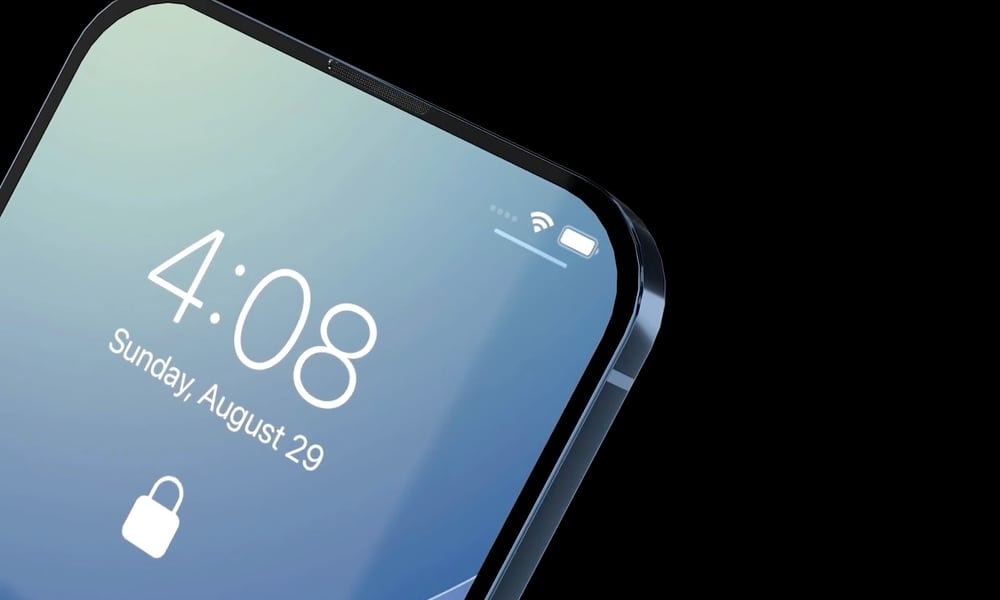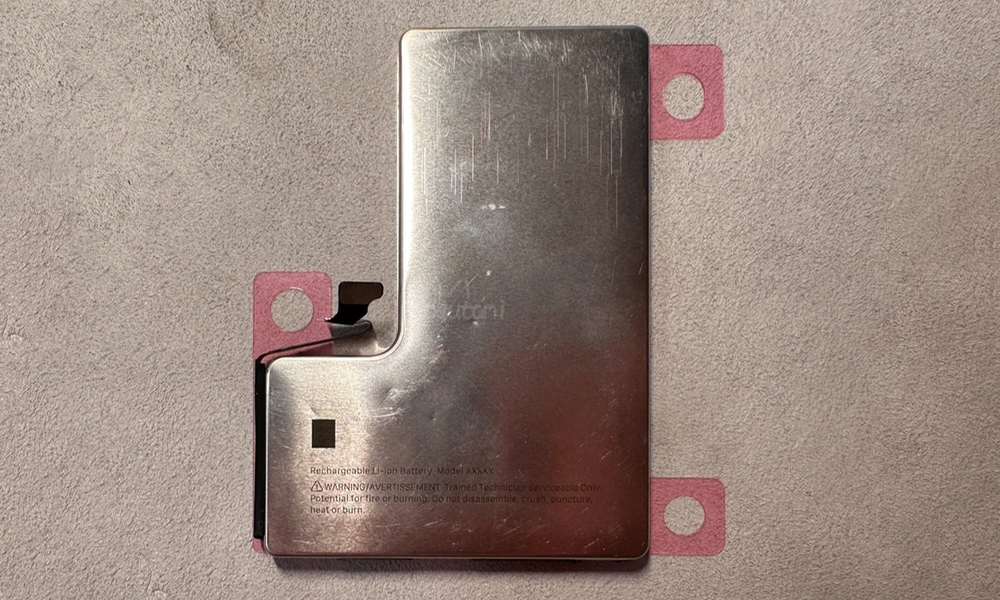The iPhone 16 Pro Max Could Offer Longer Battery Life
 Credit: ConceptsiPhone
Credit: ConceptsiPhoneToggle Dark Mode
Although Apple’s larger iPhone models offer pretty respectable battery life, we’ve seen few advances in longevity in recent years. Apple seems to consider “all day” battery life good enough, and the iPhone 15 Pro Max doesn’t move the needle much in that area compared to its predecessors.
The good news is there’s a possibility that could soon change, with the iPhone 16 Pro Max adopting a denser battery cell that could deliver longer-lasting power without significantly increasing its size.
This latest tidbit comes from analyst Ming-Chi Kuo, who shared some insights from his latest supply chain survey in a Medium post earlier today.
My latest supply chain survey indicates the energy density (Wh/kg) of the battery cells of iPhone 16 Pro Max will increase, which has the benefit of longer battery life with the same battery size or lower battery size with the same battery life.Ming-Chi Kuo
Kuo goes on to note that the increased energy density will produce more heat from the battery, which isn’t surprising. However, Kuo says Apple plans to solve this by using a stainless steel battery case to help with heat dissipation.
This isn’t the first time we’ve heard about this design. In November, leaker Kosutami shared photos of iPhone 16 Pro batteries with a metallic shell in both glossy and “frosted” matte finishes. It was generally assumed at the time this was aimed at letting the batteries run cooler, which is better for their long-term health. However, there was no word on the type of metal cladding or any significantly increased capacity; in fact, the photos showed a 3,355 mAh cell that would be a relatively small upgrade from the 3,274 mAh one in the iPhone 5 Pro.
Kuo doesn’t offer any specifics on capacity other than saying it will deliver more watt-hours per kilogram. However, he notes that Apple is going with stainless steel rather than aluminum because even though the latter is more effective at dissipating heat, stainless steel is stronger and more resistant to corrosion, which is essential for protecting the battery.
The iPhone Could Get a Removable Battery
Apple’s choice to go with a metallic battery casing could be about more than just heat. Kuo suggests it might “help Apple comply with the European Union’s requirements for mobile phone batteries’ replaceability in the future.”
The EU has been pushing toward easily user-replaceable batteries for some time. Last June, it voted in favor of an agreement that will require companies to make smartphone batteries much easier to replace by 2027 at the latest.
While Apple’s Self Serve Repair program may have allowed it to comply with the original plan, more recently proposed ecodesign legislation would require batteries that can be replaced by “a layman,” “with no tool, a tool or set of tools that is supplied with the product or spare part, or basic tools.”
However, this legislation may have spurred Apple to improve things in a different direction. Apple’s engineers and designers undoubtedly hate the idea of adding a battery compartment to the iPhone since it would make it larger and clunkier, but the good news is there are some loopholes in the EU’s ecodesign rules.
It turns out that batteries don’t have to be that easily replaceable as long as they last for around five years without needing to be replaced. Specifically, the EU rules say that if a battery can retain 83 percent of its capacity after 500 charge cycles and 80 percent after 1,000 cycles, it’s exempt from the requirements.
That’s a fairly high bar, but it could explain why the iPhone 15 lineup has a significantly longer battery lifespan, along with features like an 80% Limit to cap charging at a more healthy capacity. While iPhones have traditionally been rated at only 500 cycles, Apple announced earlier this year that it had retested its iPhone 15 batteries and rated them 1,000 charge cycles — a number that seemingly complies with the new EU requirements.
Batteries of iPhone 14 models and earlier are designed to retain 80 percent of their original capacity at 500 complete charge cycles under ideal conditions. Batteries of iPhone 15 models are designed to retain 80 percent of their original capacity at 1000 complete charge cycles under ideal conditions.Apple
It’s unclear if they meet the 83 percent at 500 cycles requirement, but it’s reasonable to assume that’s the case if they can make it to 1,000 with 80 percent maximum capacity still available.
[The information provided in this article has NOT been confirmed by Apple and may be speculation. Provided details may not be factual. Take all rumors, tech or otherwise, with a grain of salt.]









